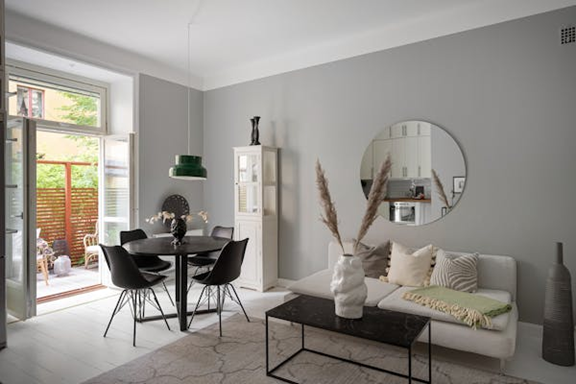Designing Transparent and Collaborative Workspaces with Glass Walls
In the ever-evolving corporate world, businesses are consistently seeking innovative strategies to enhance productivity and collaboration. One such strategy is the incorporation of glass walls in office spaces. Glass partitions not only provide a sleek, modern aesthetic but also foster a culture of transparency and collaboration among team members.
Fostering Collaboration with Transparent Designs
Glass walls are a visual representation of an open-door policy. This transparent design brings about a significant cultural shift in the workspace by promoting open communication and cooperation. Instead of employees being isolated in individual cubicles or offices, the glass partition enables team members to see and interact with each other more seamlessly.
The presence of glass walls means that employees are always aware of their colleagues’ activities, encouraging them to collaborate more often. This enhanced visibility also eliminates the hierarchy typically associated with closed office designs, fostering an environment of equality and respect.
Designing for Acoustic Openness and Transparency
Transparency is not just a cultural value but also a design principle. When designing office spaces with glass walls, it’s essential to strike a balance between openness, acoustics, and the need for private spaces. Glass partitions can be used to create semi-private areas that maintain the sense of openness. These areas can be used for meetings or times when privacy is necessary.
Designing for acoustic openness also means addressing sound challenges in open spaces. While glass walls contribute to visual transparency, they don’t necessarily limit noise. To improve the acoustic environment, incorporating acoustic wall panels alongside glass partitions can significantly enhance sound quality. These panels help reduce noise distractions, creating a balanced and productive workspace that supports both openness and focus.
Creating Collaborative Office Spaces with Glass
The use of glass in office space design is not limited to walls. Glass tables, doors, and partitions can all contribute to a more open and collaborative environment.
For instance, transforming traditional conference rooms into glass-enclosed spaces can make meetings more inclusive. Team members who aren’t directly participating in the meeting can still feel connected to the process, fostering a sense of belonging and teamwork.
Moreover, glass partitions can be used to create flexible workspaces. These spaces can be easily reconfigured to accommodate different team sizes and tasks, enhancing the adaptability of the workspace.
Enhancing Teamwork with Glass Walls
There’s no denying the impact of the physical environment on team dynamics. Glass walls can play a crucial role in enhancing teamwork by promoting visual connectivity. This sense of connectedness can significantly boost teamwork, as team members can easily approach each other for impromptu discussions or brainstorming sessions.
Moreover, glass walls can help in reducing misunderstandings and miscommunications. As team members can see each other, they are less likely to make assumptions or misinterpret each other’s actions.
Best Practices for Transparent Office Design
When it comes to designing transparent and collaborative workspaces, it’s crucial to consider the needs and preferences of the employees. Here are some best practices:
- 1. Incorporate a mix of public and private spaces: While open spaces are essential for collaboration, employees also need private spaces for focused work.
- 2. Use frosted or tinted glass for privacy: If there’s a concern about privacy, consider using frosted or tinted glass partitions. These options still maintain the sense of openness while providing a degree of visual privacy.
- 3. Consider natural light: Glass walls allow natural light to permeate the office, enhancing the overall mood and productivity. But be mindful of glare, which can strain employees’ eyes.
- 4. Involve employees in the design process: The best way to ensure that your office design meets the needs of the employees is to involve them in the design process.
In conclusion, glass walls and partitions can profoundly transform the dynamics of a workspace, fostering a culture of transparency, collaboration, and productivity. By designing with the needs of the employees in mind, businesses can create a workspace that enhances teamwork and promotes organizational growth.




